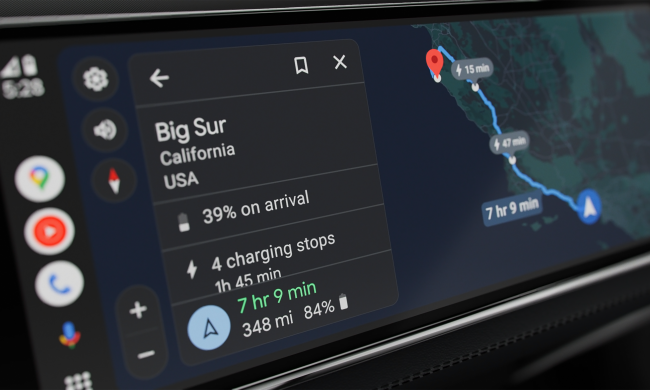
Google, a company on the forefront of RCS technologies, announced the partnership in a press release. Support for rich messaging will roll out to Telenor’s 214 million subscribers across India, Thailand, and European nations, and in return, many of the carrier’s subsidized Android devices will come with Google’s Messenger app pre-loaded as the default SMS and RCS messaging app.
Telenor subscribers in markets where RCS is launched will automatically get access to the new platform via a software update.
At its most basic, RCS lets users send higher-quality picture messages up to 10MB in size, participate in group chat, share their current location, and initiate video calls. Other implementations support read receipts and typing indicators, and some even allow text participants to share media and other information while in a telephone conversation.
But RCS is far from an agreed-upon — or widely adopted — standard. Work on RCS began a decade ago, but according to data from mobile industry association the GSMA, only 50 carriers have adopted it globally. Worse, most of the RCS standards that have been adopted, including the variant adopted by T-Mobile in the U.S, are incompatible with more modern implementations.
In 2015, Google acquired Jibe Mobile, a startup specialized in helping carriers build support for native RCS messaging into their services, in order to “help bring RCS to a global audience.” But the effort’s been slow going, so far — in total, Google’s signed on Sprint in the U.S. and Rogers in Canada.
Google’s success is contingent on whether or not carriers adopt its flavor of RCS — the so-called Universal Profile. The search giant’s developed a universal Android client based on the Universal Profile and offers a cloud-hosted service — the “Jibe Hub” — that provides carriers a way to launch and manage RCS without having to deploy their own infrastructure.
Time will tell whether Google makes inroads, but the search giant evidently sees a path forward. “[The] RCS messaging implementation supports the GSMA universal profile — a standard supported by more than 58 carriers and manufacturers collectively covering a subscriber base of 4.7 billion people globally,” Amir Sarhangi, Google’s head of RCS, said in a statement. “We’ve launched RCS messaging using the universal profile with carriers in the U.S. and Canada, and plan on launching RCS in more countries in the coming months.


